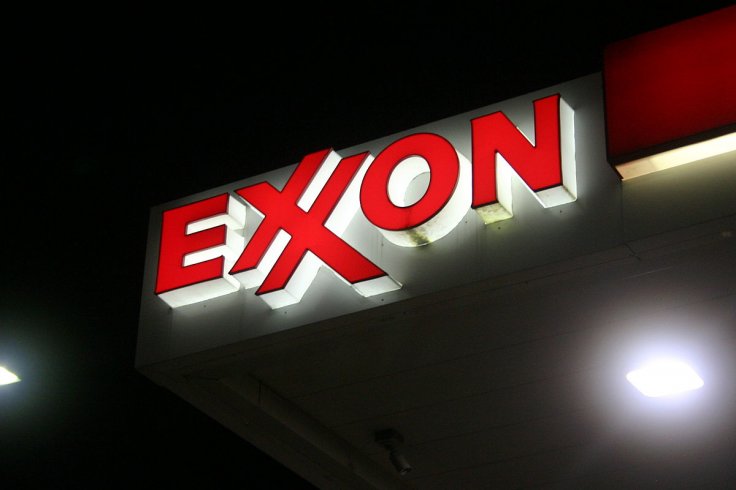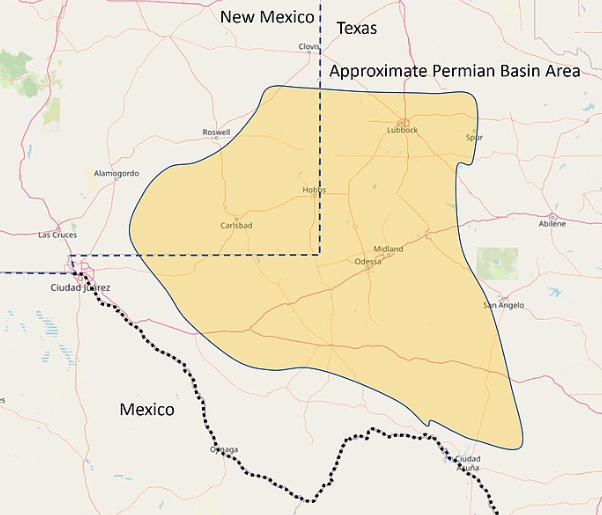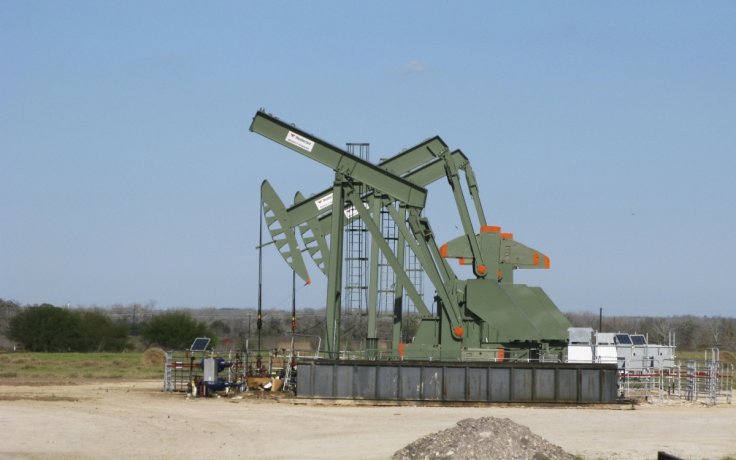Exxon Mobil has said it is aiming to pump 1 million barrels per day of shale oil from the Permian Basin over the next five years, signalling a massive boost in the US shale oil production.
Exxon Mobil Chief Executive Darren Woods clarified that the company aims to double the amount of oil produced from the shale holdings. He said this will be done with the help of vastly improved fracking technologies.
"We are beginning to see the signs of some very promising new technologies" Woods said, adding that it will significantly improve recovery volumes. Woods was speaking at the Bernstein Strategic Decisions conference, according to Reuters.
Exxon's Profit Grows at a Fast Clip

In January this year, Exxon Mobil posted a $56 billion net profit for 2022, which vastly overshadowed the then-record $45.2 billion net profit it reported in 2008. The 2022 results were impressive as average oil prices were much lower than the peak of $142 per barrel hit in 2008.
Rising Investment in Shale Fields
Exxon said it increased spending on new oil and gas projects, with the outlay touching $22.7 billion last year. This was a whopping 37 percent increase from the previous year. Exxon said most of the investment was on discoveries in Guyana, which is the top US shale field. "The counter-cyclical investments we made before and during the pandemic provided the energy and products people needed as economies began recovering," CEO Darren Woods said then.

Woods said Exxon was set on raising the investment further this year, and the outlay can go up to $25 billion. The company had said at that time that it pumped 600,000 barrels per day from the
Permian basin, which was slightly more than the 50,000 bpd extracted the year before.
Latest Estimates
According to the latest projections by Exxon, it would be able to recover at least one million barrels per day from 2027. Exxon recovers only about 10 percent of shale from its fields but better technology can improve these numbers. "My challenge to the organization was to double recoveries and to find technologies that could unlock that ... There is still a lot of oil being left on the ground," Woods said.
What is Hydraulic Fracking?

The fracking technology ushered inmajor technological advancements in the oil and gas industry by allowing oil companies recover oil from fields that were impenetrable before the advent of the technology.
According to Investopedia, fracking is the process of creating fractures in rocks and rock formations by injecting specialized fluid into cracks to force them to open further. "The larger fissures allow more oil and gas to flow out of the formations and into the wellbore. It is easier to extract oil and gas there. Fracking has resulted in many oil and gas wells attaining a state of economic viability due to the level of extraction that can be reached. It has also allowed drilling firms access to previously difficult-to-reach sources of oil and gas."
According to a report in January, the United States is on course to becoming a net crude oil exporter soon. The US had already become a net exporter of petroleum products in 2020, marking a historic moment. The role of advanced fracking technologies will play a huge role in the attainment of this milestone.
Rise of US Oil
While US consumes a little more than 20 million bpd of oil day, it also exported 3.4 million barrels per day (bpd) of crude (the peak figure in 2022) and 3 million bpd of refined petroleum products like gasoline and diesel fuel.
If these export figures are sustained through the next year, and if the projected crude output rise does indeed happen due to an acceleration of shale oil pumping, the US will become a net crude exporter for the first time since 1945.









